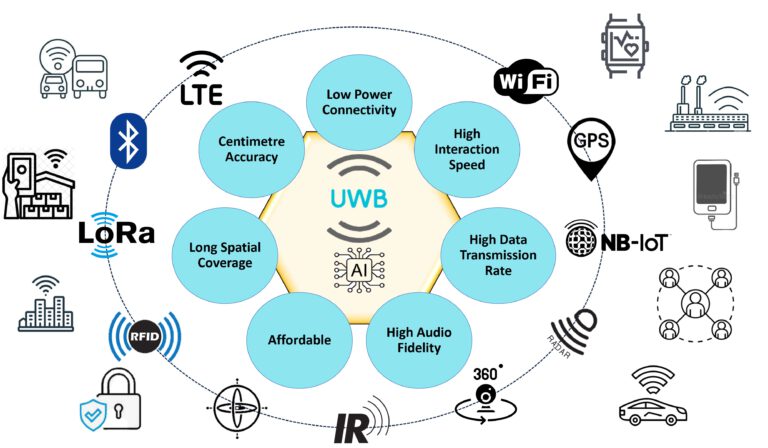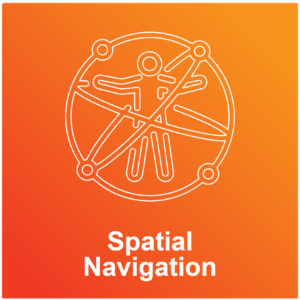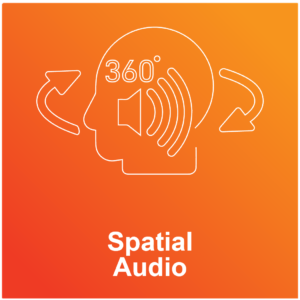By harnessing the power of AIoT and Spatial Computing technologies, Simbury InnoTek is committed to transform the way organizations operate, ensuring they stay ahead in an increasingly competitive world. Our innovative solutions utilize Ultra-Wideband (UWB) sensors, along with other IoT sensors and advanced AI analytics, to deliver easy-to-deploy connected systems. By empowering industries and commercial partners with digitized data and actionable insights, we help enhance productivity, reduce costs, and drive critical operational improvements to revolutionize different industries.

Spatial Computing
By leveraging Simbury InnoTek UWB precise cm level ranging capabilities, it can provide 360-degree real-time position sensing information, allowing users to navigate in different environments with accuracy and privacy protected. Its high data throughput, ultra-low latency, low power and positioning is very well suited to enable real time synchronization and spatially aware manner, opening up new possibilities for communication, visualization and enhancing safety .

Spatial Computing
Simbury UWB can enable high-quality, low-latency wireless audio streaming. Its wide bandwidth and robust signal can support the transmission of high-fidelity audio without the need for compression or loss of quality. By accurately determining the position of speakers and listeners, Simbury InnoTek can optimize audio output and create a more realistic sound field.
This can enhance wireless audio applications like wireless audio equipment, gaming devices and soundbars, providing a seamless and immersive audio experience.

AIoT
By integrating AI with IoT in industries such as construction, logistics, automotive, healthcare and smart home, businesses can leverage real-time data to enhance decision-making, improve safety, and increase efficiency. This combination leads to smarter operations and creates opportunities for innovation and growth.
© 2025 Simbury InnoTek Limited
We use cookies on this site to enhance your user experience
By clicking any link on this page you are giving your consent for us to set cookies.